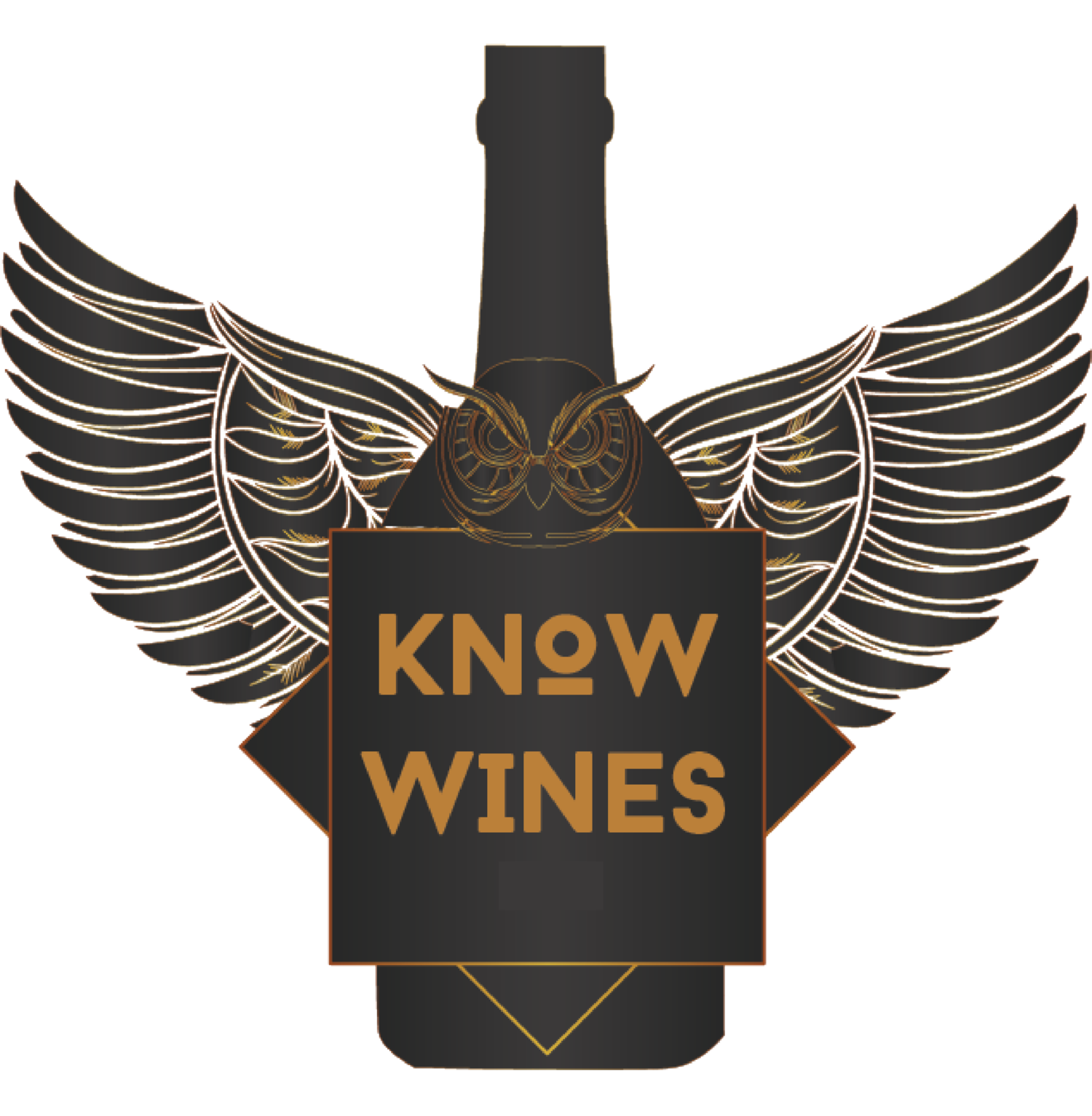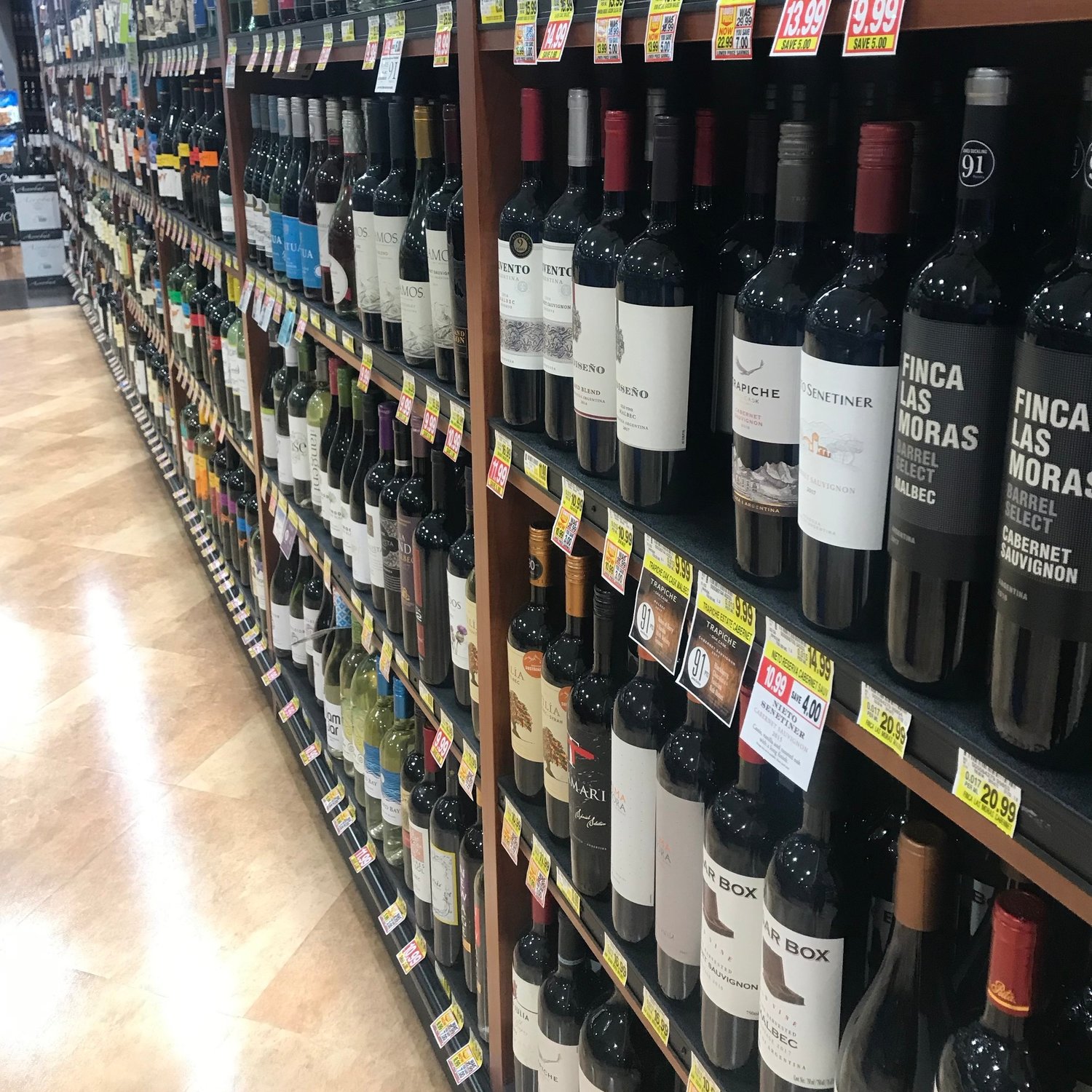KnowWines understands that the wall of wines at the supermarket can be an intimidating place. Often, people choose wine with a label that catches their eye or they grab a bottle they’ve tried before and know they like well enough (Apothic, Meiomi, Prisoner?). The problem with these approaches? Great labels don’t always mean great wine, and drinking the same red blend wine all the time can get pretty boring. Still, we understand that you’re busy and don’t always have time for a stop at the bottle shop, where you’re likely to get decent advice on the proper wine for your palate. That’s why we developed this quick checklist to increase your odds of selecting great cheap wines at a grocery or big-box retailer (like Wal-Mart, Target, Costco), where finding knowledgeable staff can be hit (or mostly) miss.
Finding the Best Grocery Store Wines
While understanding your palate and preferences is the best go-to for finding great cheap wine, we know some tricks for zeroing in on the best wines when you’re on your own at Trader Joe’s or Safeway. Here’s what to look for:
Look for the Wine’s Region
The more the bottle says about where it came from (specific appellation, specific region), the better the wine. Grocery stores know that many American shoppers purchase wine by variety from a specific region. Often, the best cheap wine will be your favorite wine variety from an up and coming region.
If the climate of the origin of the wine is warm, the wine will likely be fruitier and sweeter. If the climate of origin is cool, the wine will likely be more tart or acidic. (You may need to brush up on your high school geography for this one!).
The Best Wine Isn’t Always the Most Expensive
Ignore sale stickers. Whether or not a wine is on sale is not an indicator of quality or value. Instead, read the back of the bottle and look for descriptors that sound like something you would enjoy or not enjoy. The more it says about winemaking and the less its says about lifestyle, the better the value. In a similar vein, ignore supermarket shelf talkers. These are the colorful tags and other flair hanging below the wine shelf - usually they offer very little in the way of understanding a wine’s actual value.
Learn How to Evaluate Wine Labels
Be aware of trendy gender and generational advertising norms and how they are applied in grocery and big-box wine aisle advertising. If the label is trying to appeal to these assumptions with phrases like “frazzled mom,” “diet-obsessed,” “lumbersexual,” or “bRose,” chances are it is overpriced. Same goes for a really cool font. There are plenty of good wines and good wine stories that don’t pander to offensive assumptions.
Take Advantage of Bulk Discounts on Wine
To explore a broader variety of wine, take advantage of the bulk discount by buying wine by the case. Most grocery stores like Whole Foods and Harris Teeter offer a discount on 6 or 12 bottles (typically 10% or more) at certain times of year. Perhaps your go-to wine is $9 but you want to try a different sparkling wine that sells for $25 — buying five of the $9 wine and one $25 wine can bring that $25 bottle down to $22.50, and you’ll save almost a dollar on each of your old standbys.
Learn How to Talk to a Wine Salesperson
Talk to the person stocking the shelves. You might get lucky and find someone passionate and knowledgeable about wines. Show them what you like and ask what they consider a value. If they judge your selection, talk to you in a condescending manner, or simply can’t provide any good answers, just stick with our trusty checklist.
Don’t Be Afraid to Return Bad Wine
If you do buy a wine and it tastes like bandaids or cardboard (yuck!), has no flavor, or looks strange, ask for a refund. Wine flaws originating within the winery are less and less common due to better sanitation and technological advancements in the vineyard and winery, however it is possible that the wine was mishandled after it left the winemaker. Most retailers like Total Wine, ALDI and Whole Foods would rather give your money back and have you return for another purchase. Also, if the wine is just not to your liking, consider using it for a wine cocktail, sangria, or mulled wine before pouring it down the sink. Then, try again next time!
Happy wine shopping, friends! We hope this checklist will make it a little bit easier to end up with a great tasting wine on your table tonight. For an in-depth set of wine shopping resources, check out our list of great wine books!
Cheers!


